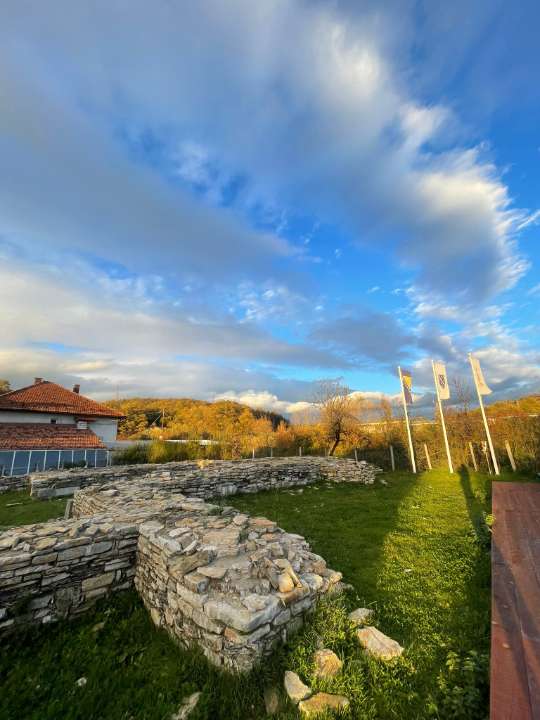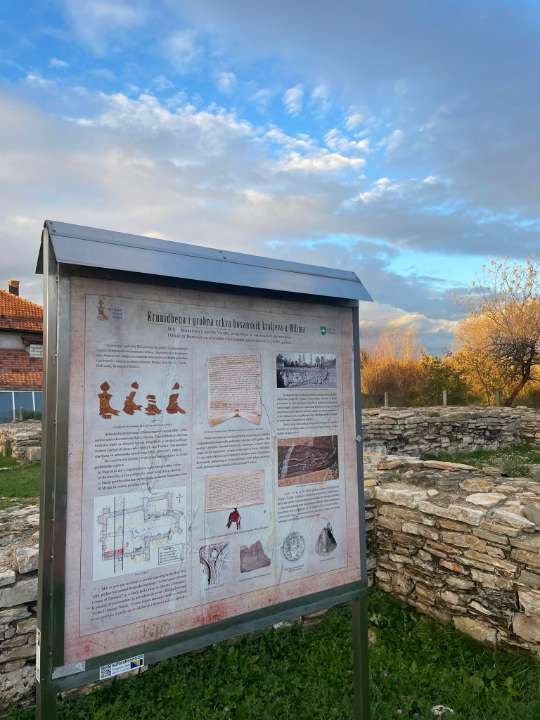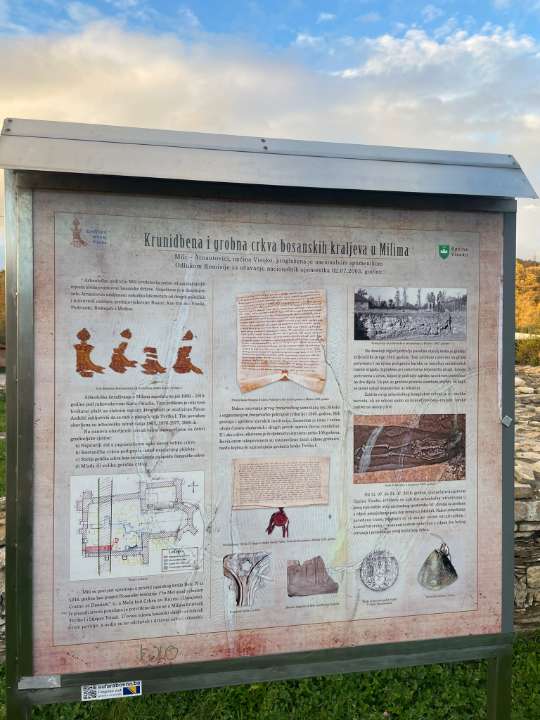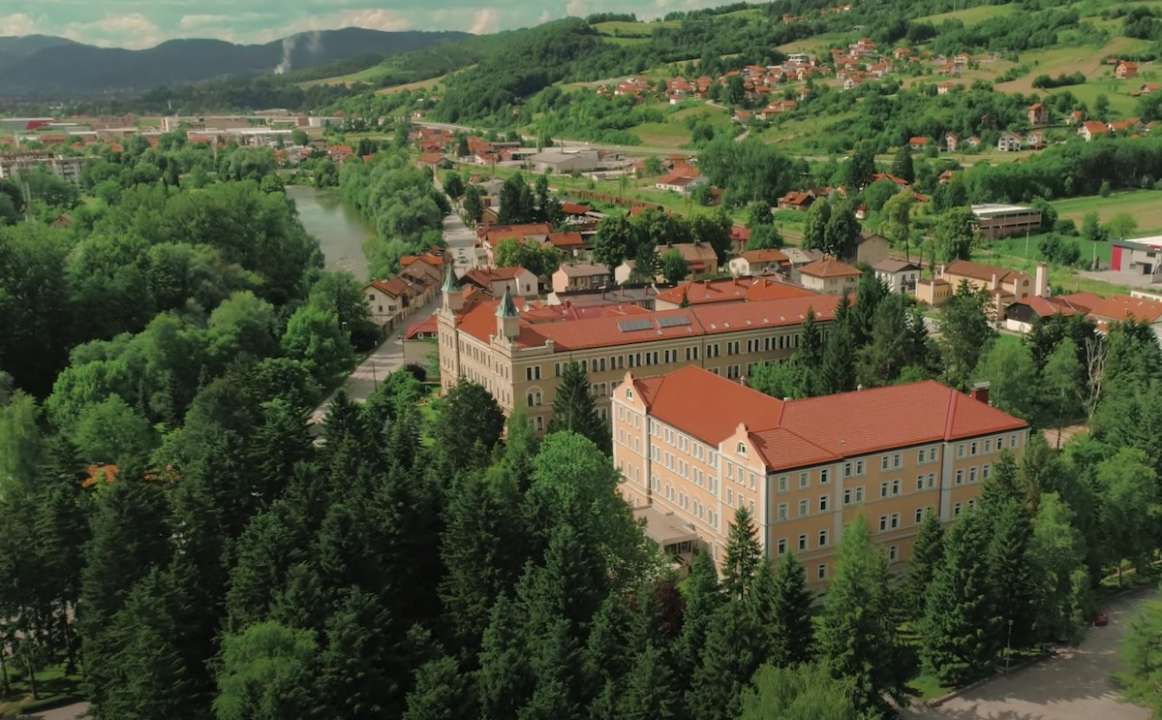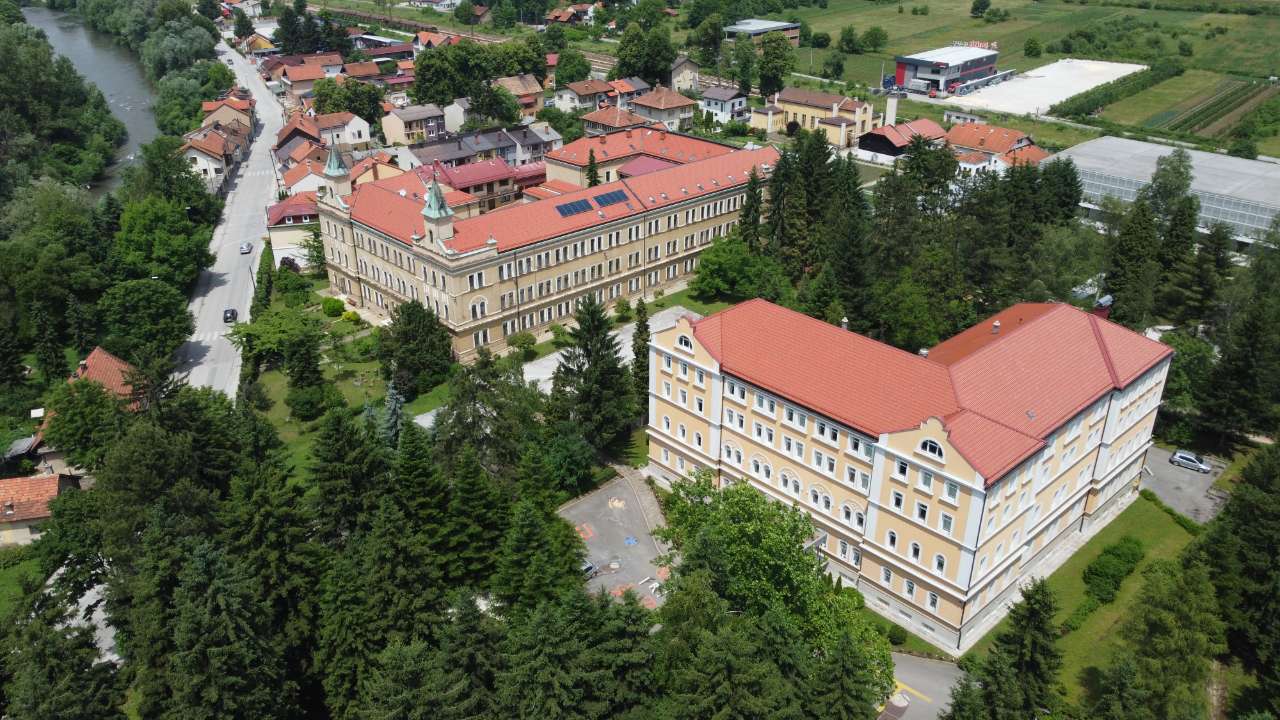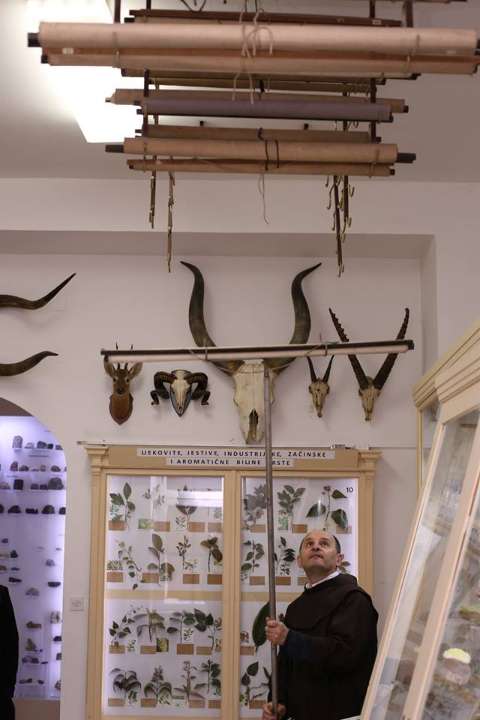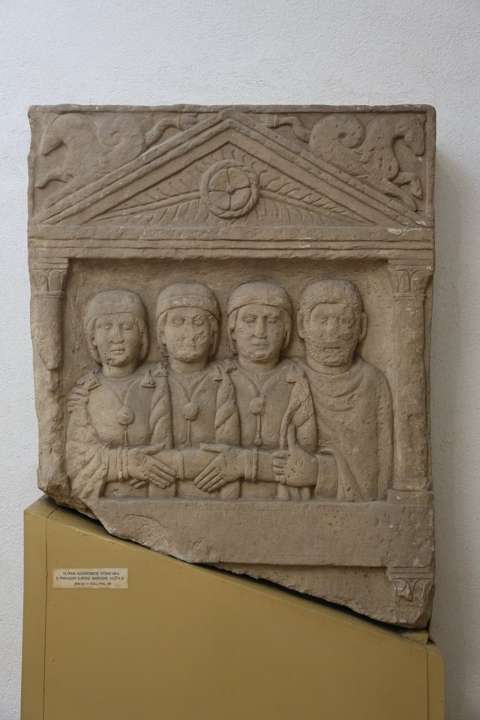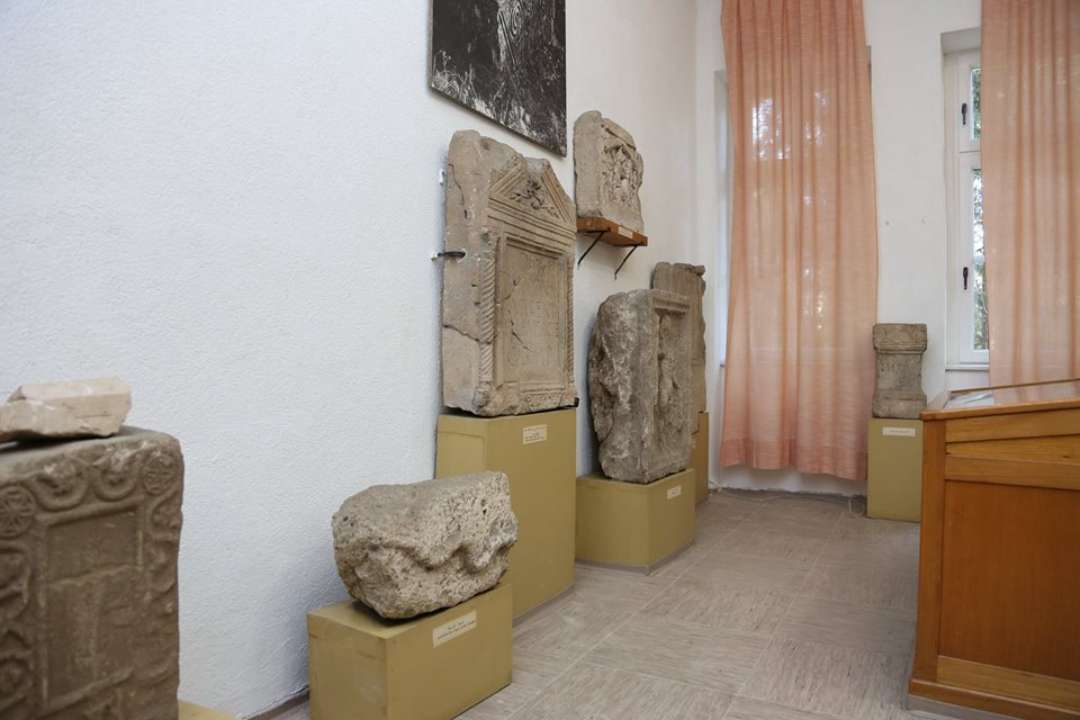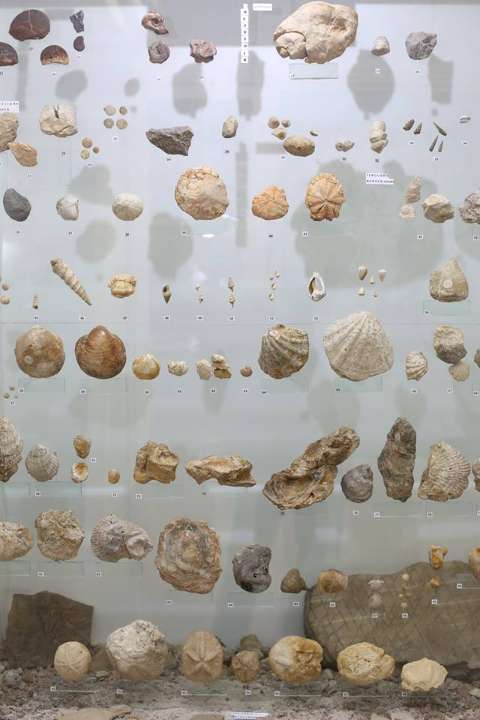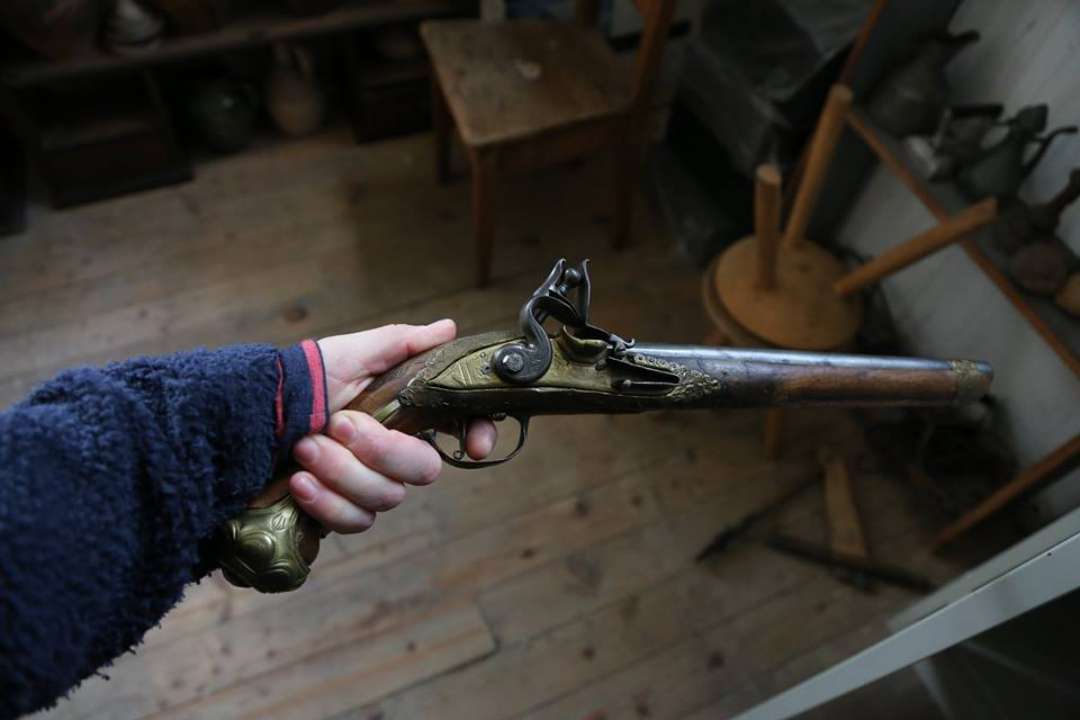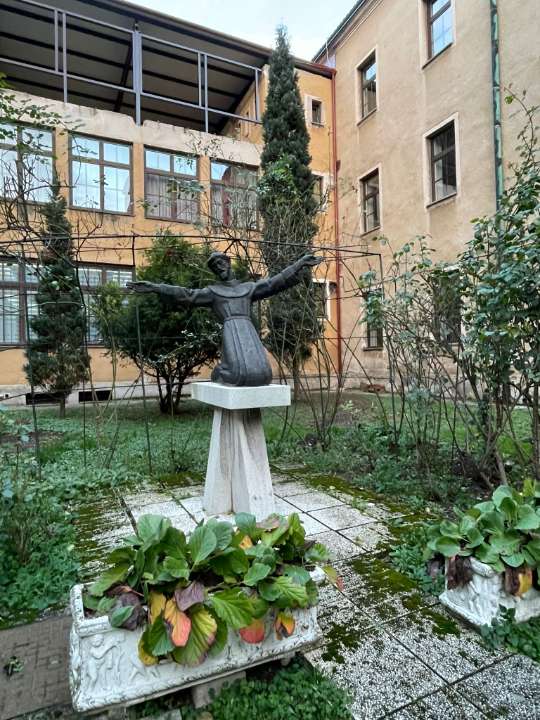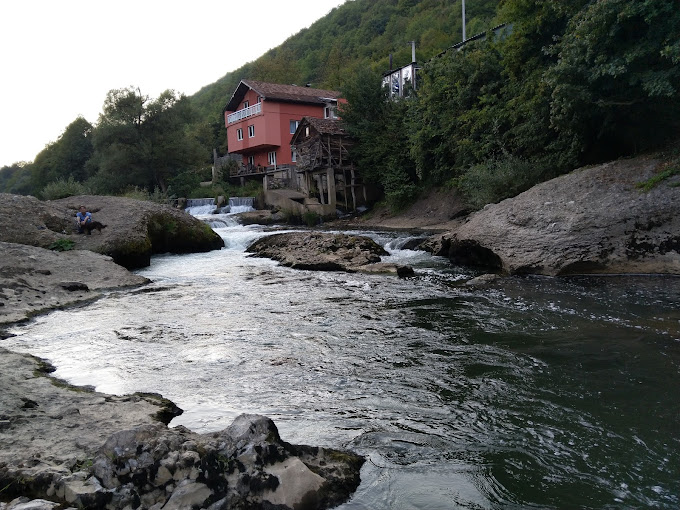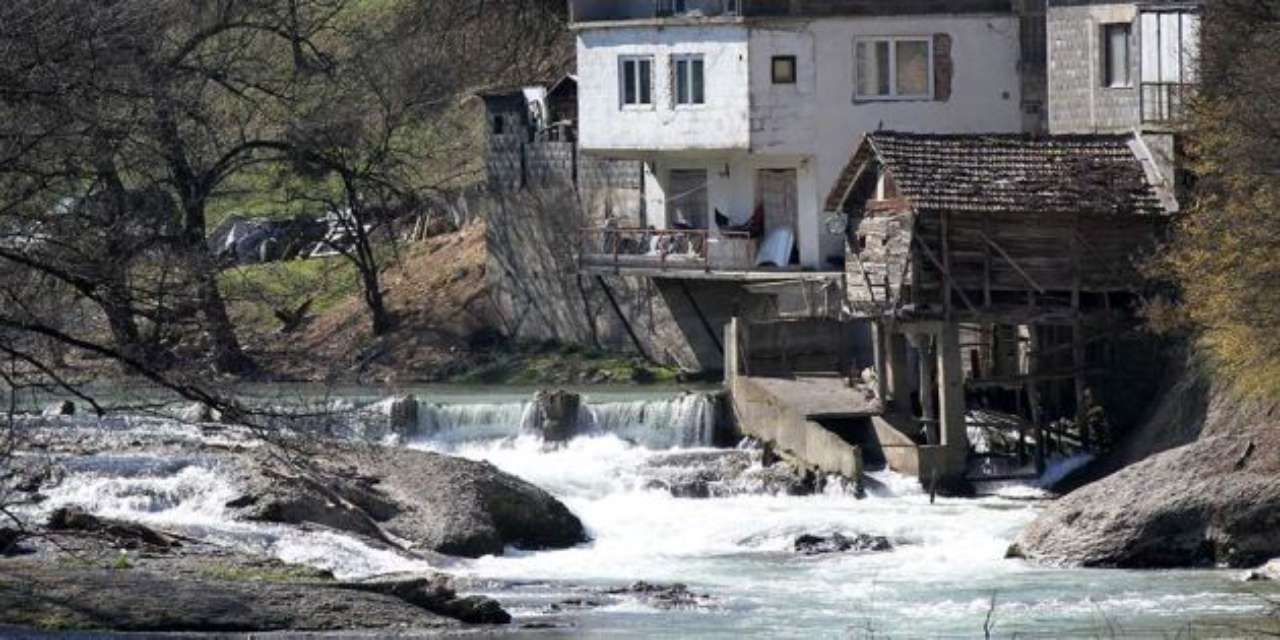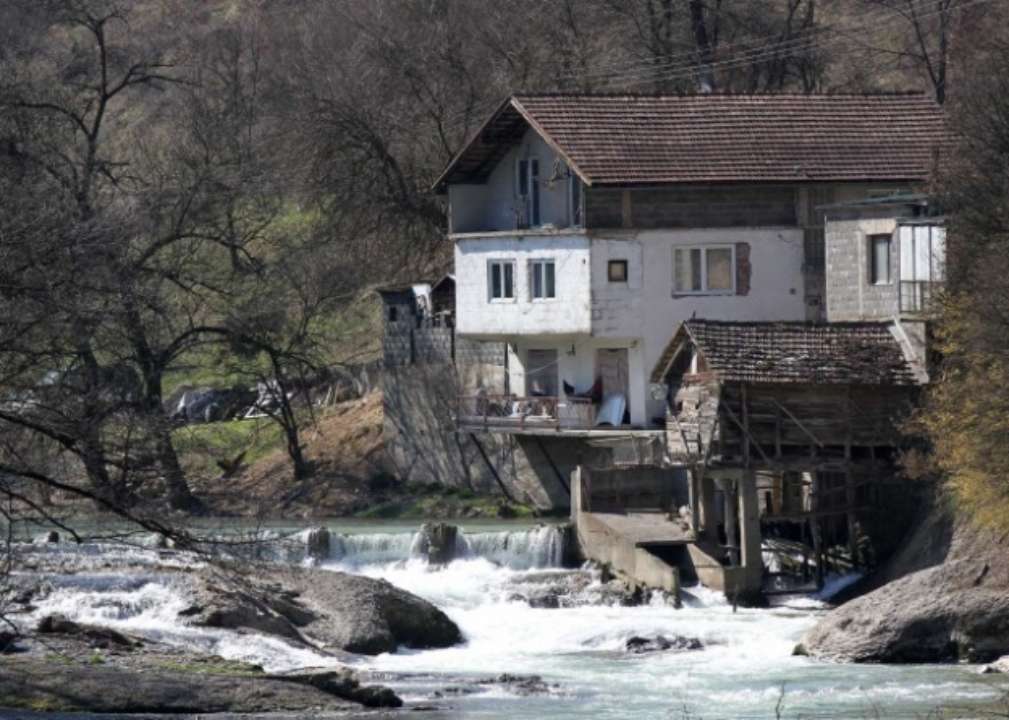Captain's Tower
historical sites
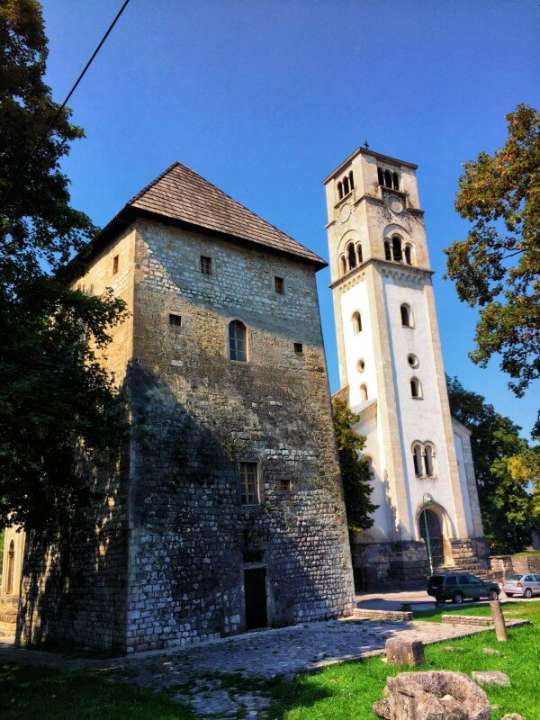
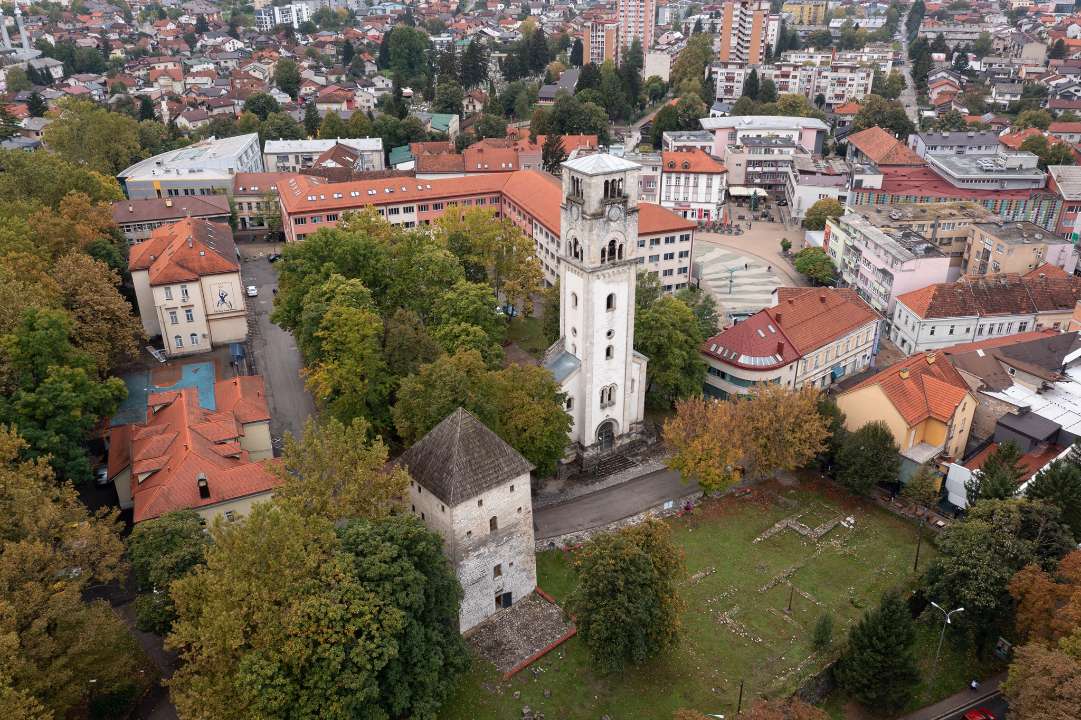
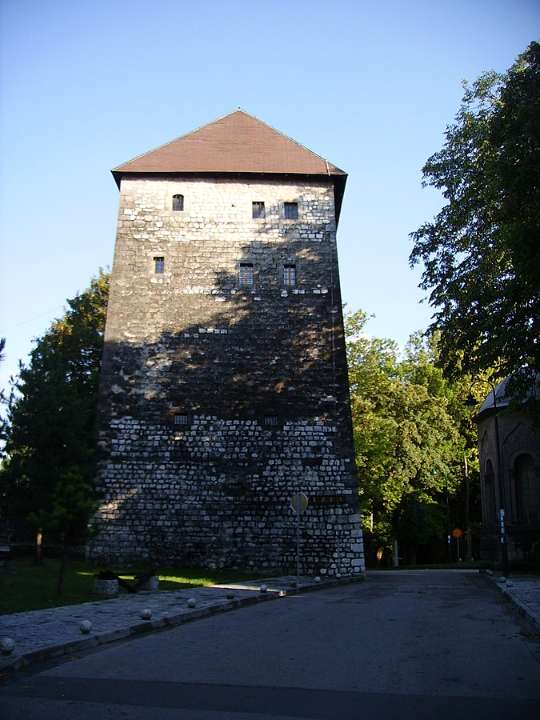
Although among the oldest structures in Bihać, the Captain's Tower has not yet revealed the date of its birth. If its builders and users did not leave behind basic personal information for the sake of future generations, later historians have roughly determined the period from which it originates: the late Croatian and early Ottoman period. Like many ancient buildings in Bihać, the Captain's Tower has its own small history. According to H. Strauss's theory in the book "Bihać Towers and Fortresses," the Captain's Tower was built in 1205 and was one of four towers, three of which were destroyed in 1201-1202. According to folk tales that contain some kind of historical basis, the Captain's Tower, or the fortified Bihać, saved the life of the Hungarian king Béla IV, who was pursued to the very walls by swift Tartar horsemen. In gratitude, Béla IV declared Bihać a free city, and on the stone facade of the tower, he had his symbol - the black raven - carved. With the arrival of Austro-Hungary in these areas, the tower was converted into a prison or a county jail. From then until many years later when Bihać completely emerged from its ramparts and became an urban center, the Captain's Tower served exclusively as a prison until 1959 when it was handed over for use to regional museum curators. The building has been completely adapted and now has, we might say, its true content: it has been transformed into a museum space with permanent exhibits.
Accessibility Information
Entrance Fee
The entrance fee is free
Visit Duration
Recommended visit duration is less than 1 hour
Guided Tour
Guided tour is available
Must See
This place is worth seeing

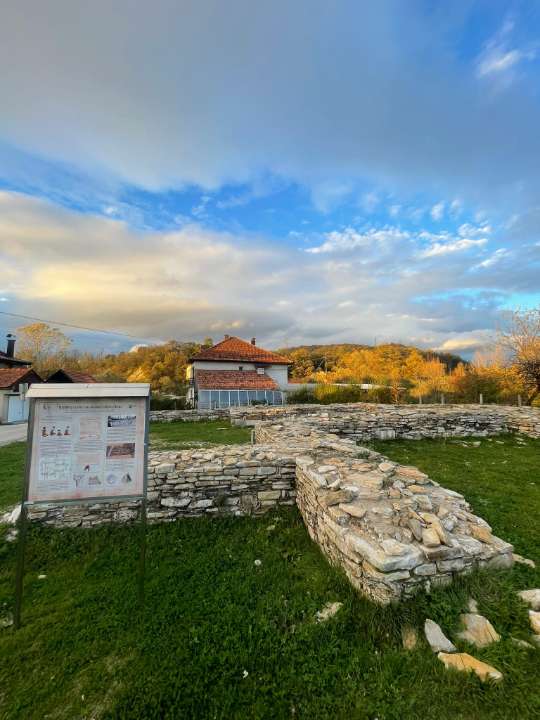
.jpeg?alt=media&token=3509f07c-9de0-4350-aaa1-00cd9a966bed)
